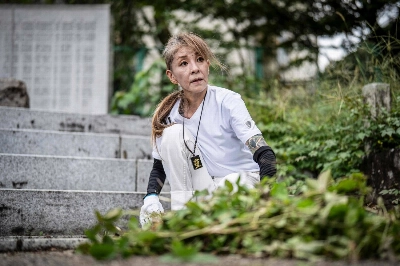No one knows where or how fast a new virus will spread. We cannot calculate the risks with confidence, and we will know only in hindsight whether we overreacted or underreacted. Given this uncertainty, how we respond to a viral outbreak is as crucial as the nature of the pathogen. And how we respond to the COVID-19 coronavirus should be guided by what we have learned from past viral epidemics.
Don’t bet on it. The 2009 swine flu epidemic killed hundreds of thousands, mostly in Africa and Southeast Asia. But in Europe, where the threat was comparatively small, the media updated the death toll and the number of suspected cases on a daily basis. In the United Kingdom, the government predicted that as many as 65,000 citizens might die from the disease. In the end, fewer than 500 died.
Predictably, such daily accounting triggered fear and led politicians to make hasty, ill-advised decisions — such as stockpiling medication — without examining the evidence. All eyes were focused on the new, unknown virus, and not on protecting people from more lethal threats, such as seasonal influenza, which in 2009 killed orders of magnitude more people than swine flu. It still does — as would be clear if the media bombarded us with hourly updates of the flu-related death toll.

















With your current subscription plan you can comment on stories. However, before writing your first comment, please create a display name in the Profile section of your subscriber account page.